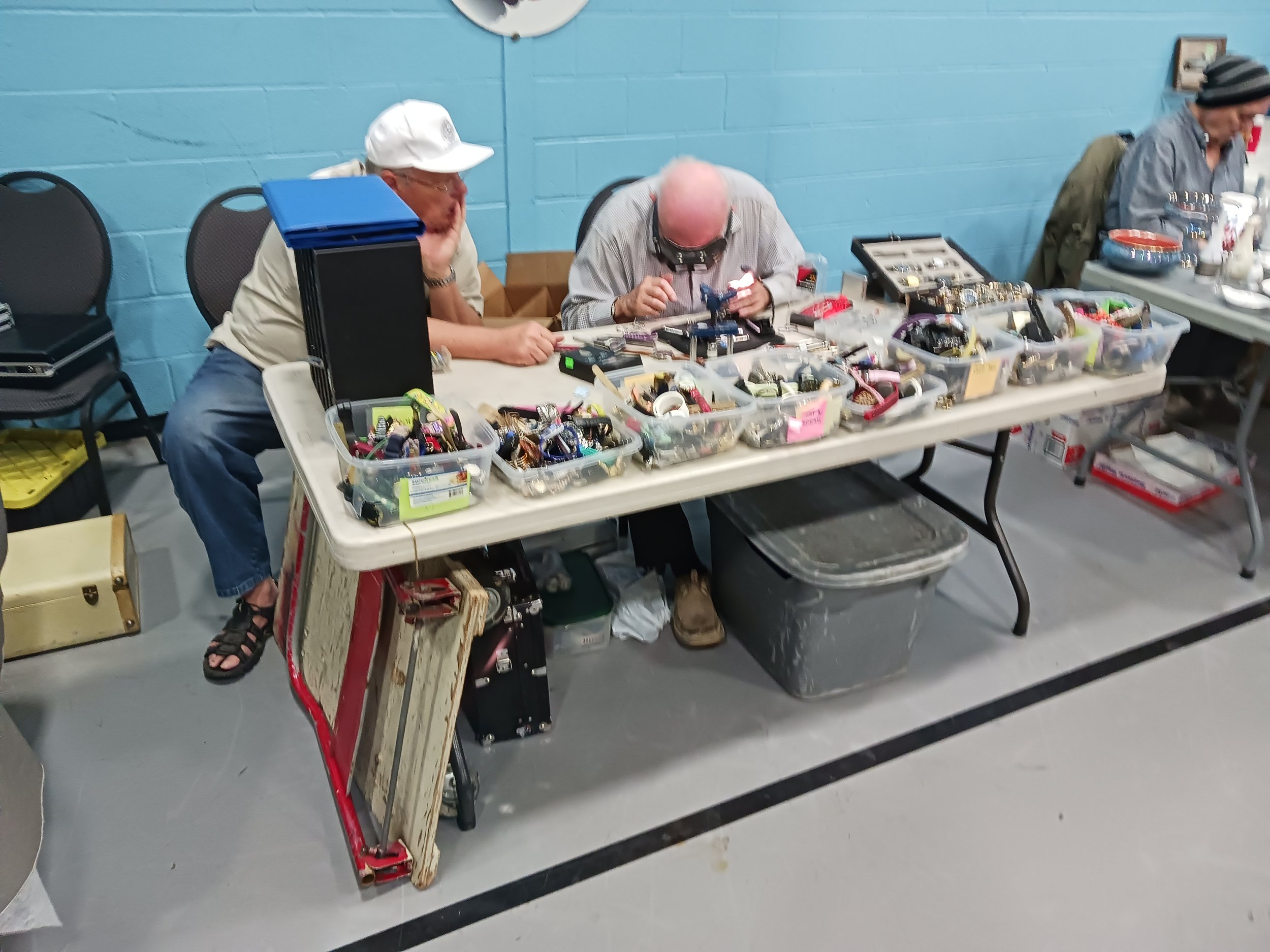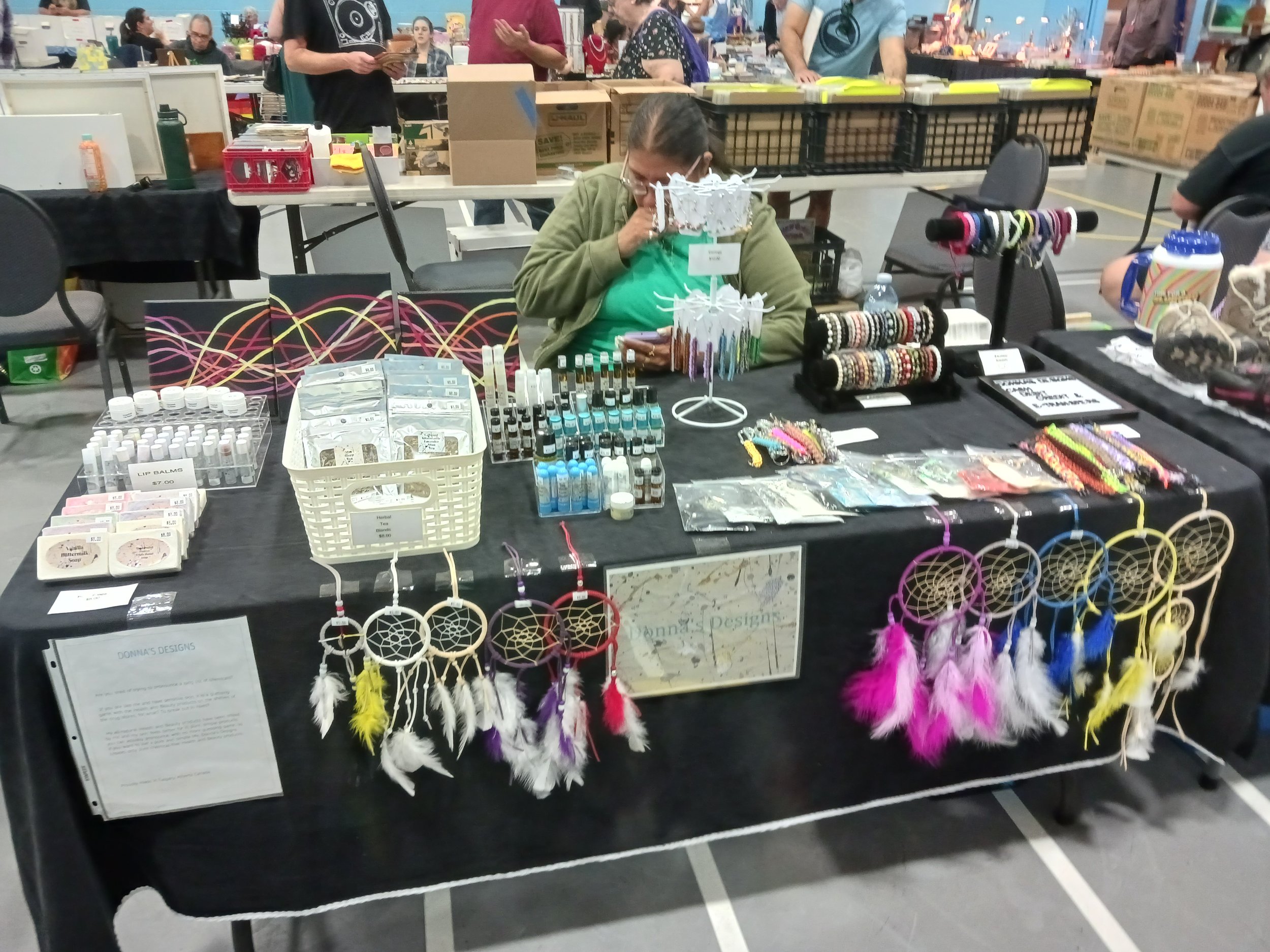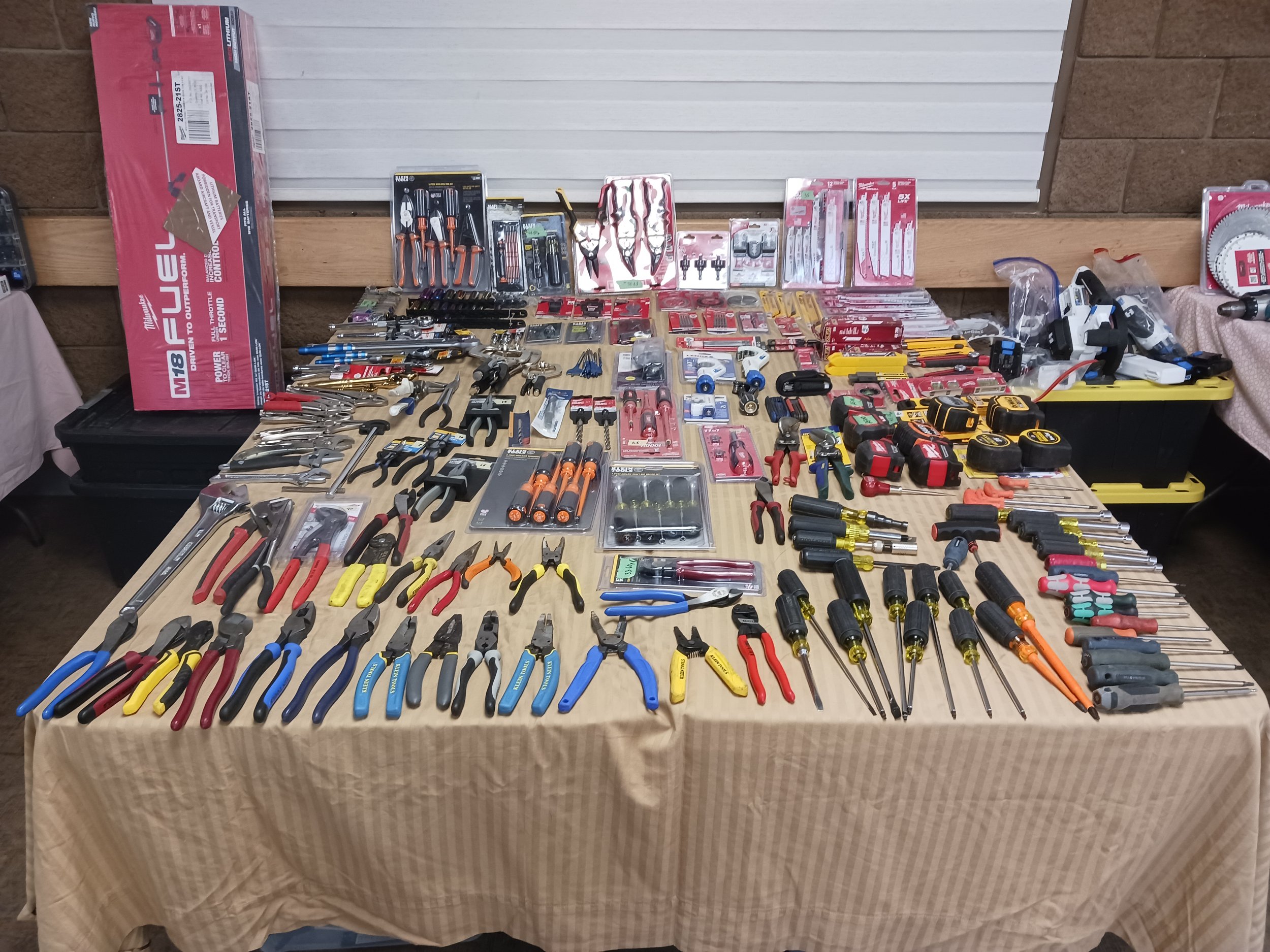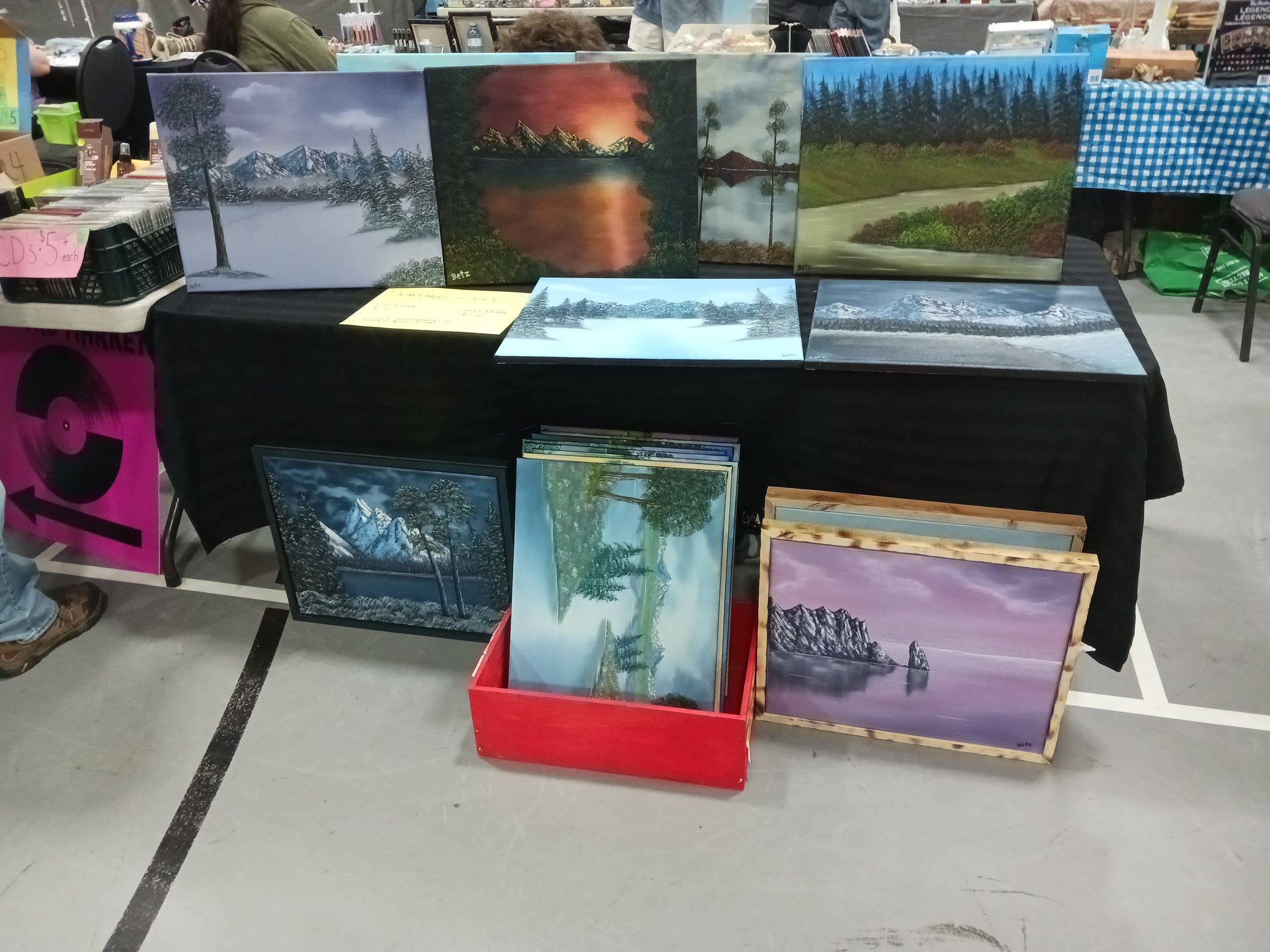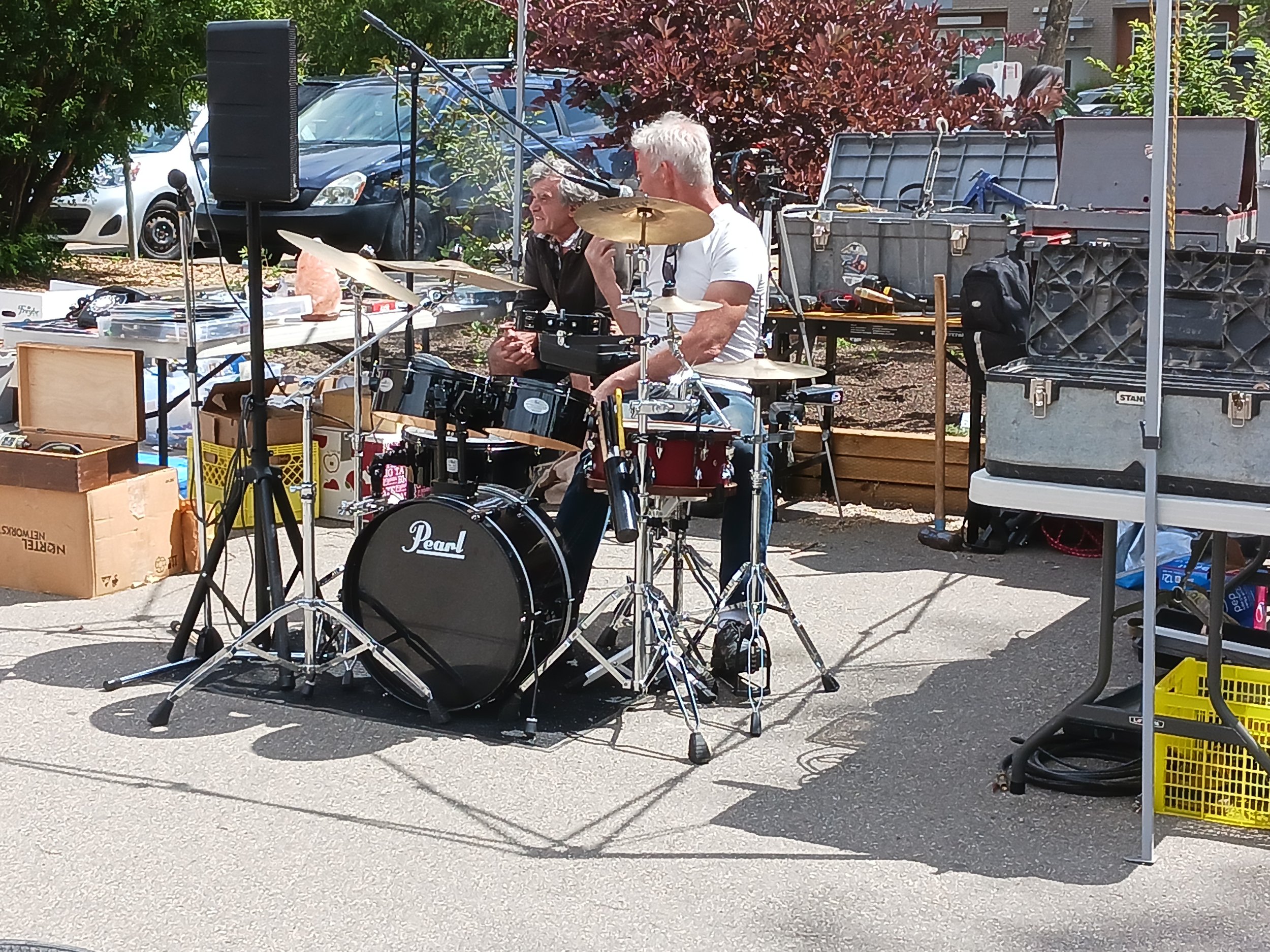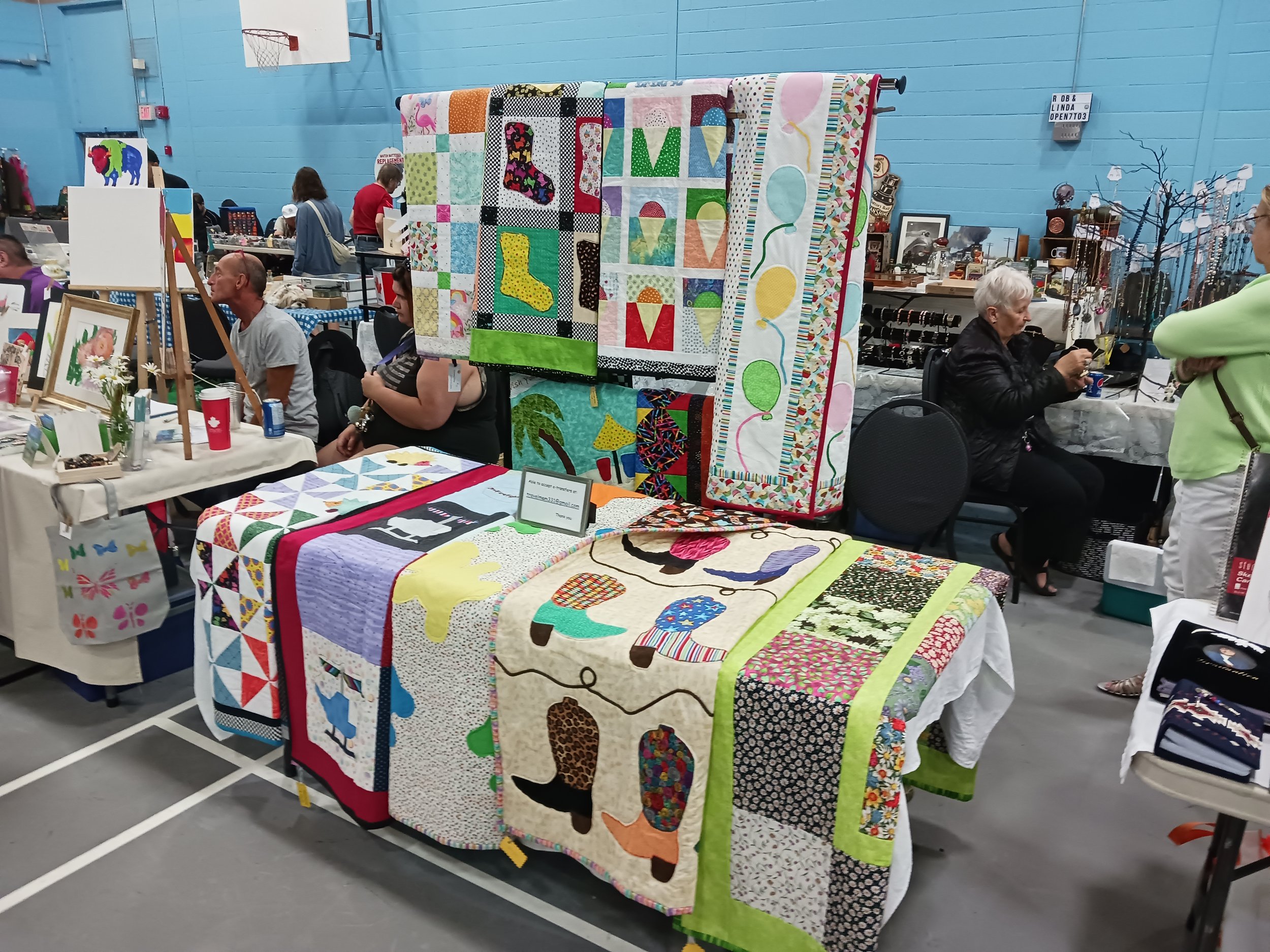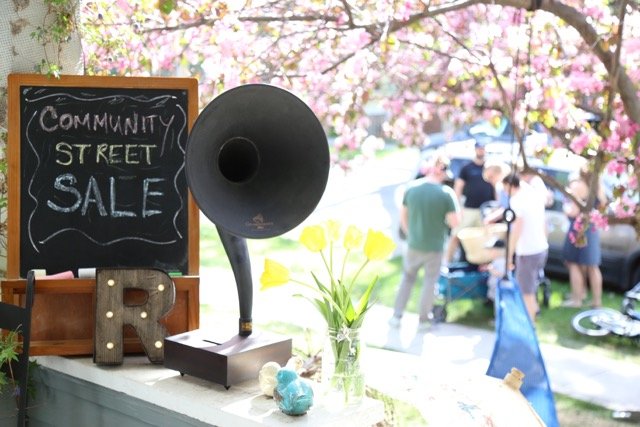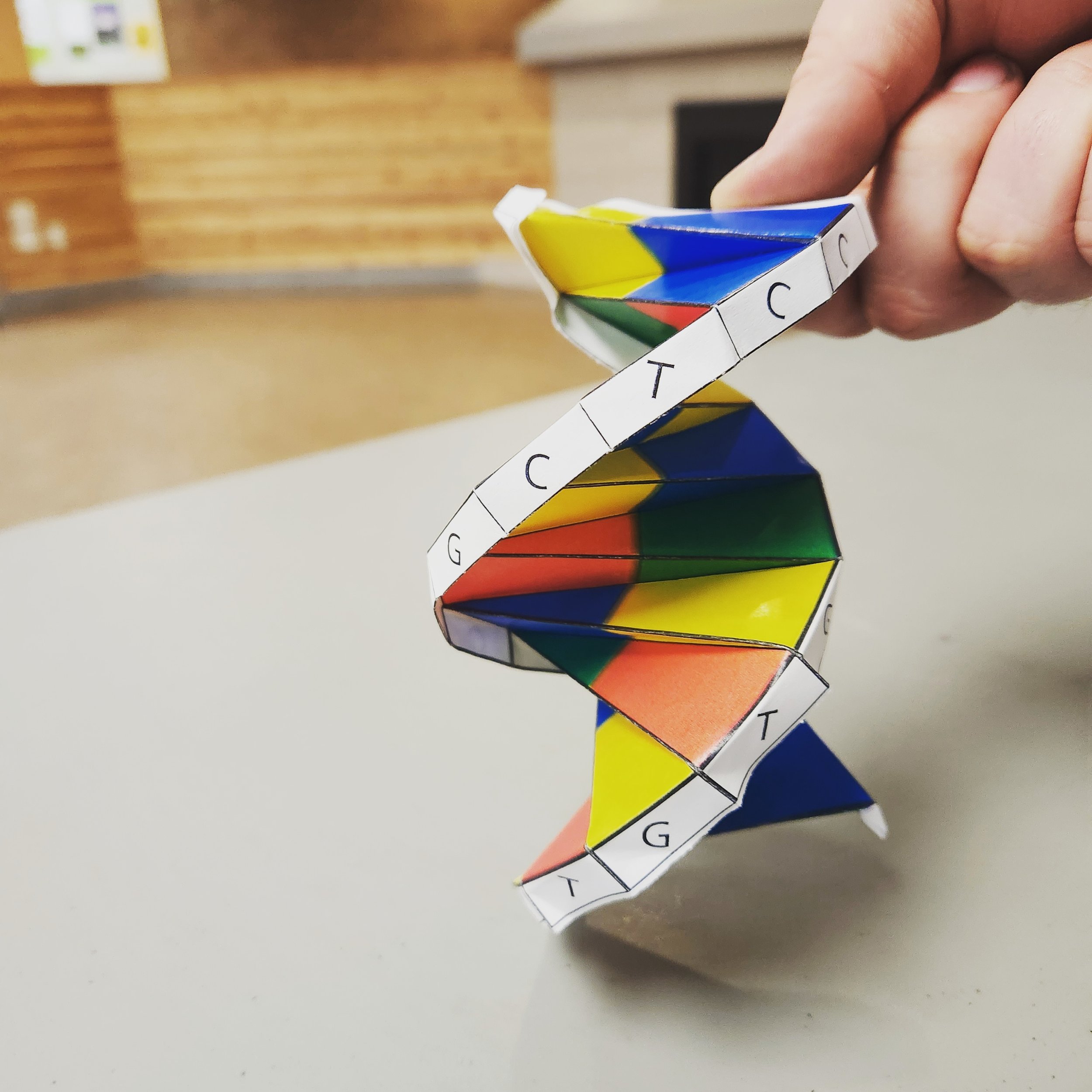Submitted by The City of Calgary
Did you know heavy rainfall upstream of Calgary can make up 80 per cent of the river flow during a flood? A single day of heavy rainfall in the mountains, combined with a melting snowpack can change river flows enough to cause flooding in Calgary.
During the spring, we’re monitoring conditions all the time, but the mountains can change our weather quickly and we may have less than 24 hours to really confirm what’s coming. That’s why it’s so important we’re all prepared.
Starting in mid-May, visit calgary.ca/floodinfo for a daily quick snapshot of the river conditions along with details on the days’ forecast. We’ll let you know how we’re responding to the current conditions, and what actions you may need to take to be prepared based on the current and forecast conditions. Be sure to check it out and sign up for our e-newsletter to get information every week!
We’re ready
This June marks 10 years since the 2013 flood. Over the past decade, we’ve made a lot of progress in increasing Calgary’s flood resilience. We’ve invested in dedicated infrastructure to protect Calgarians, which has already reduced our flood risk by approximately 55 per cent.
What’s new along the Elbow & Bow Rivers?
Construction continues on the Springbank Off-Stream Reservoir. Together with the higher gates at the Glenmore Dam, they will protect Elbow River communities from a 2013-sized flood. It’s expected to be operational in 2024 and fully complete in 2025. When the Springbank Reservoir is complete, our flood risk will be reduced by an additional 15 per cent. This means we will have reduced our flood risk by a total of 70 per cent, just 12 years after the 2013 flood. Until the Springbank Reservoir is operational, the Glenmore Dam provides flood resilience for Elbow communities. With the installation of steel gates on Glenmore Dam’s crest in 2020, the dam has doubled its capacity to hold flood water.
On the Bow River, the downtown flood barrier will be operational for the 2023 flood season, protecting Downtown, Chinatown, East Village and Eau Claire communities from a 1:200 flood. The rest of the improvements planned for the Eau Claire area are anticipated to be completed towards the end of 2023.
In Sunnyside, design work is progressing on the Sunnyside Flood Barrier project as part of the Memorial Parkway Program. Construction on the flood barrier component is expected to start in 2023 with completion anticipated in 2025.
The Government of Alberta’s agreement with TransAlta remains in place for the operation of the Ghost Reservoir on the Bow River during flood season. This agreement means the Ghost Reservoir is kept low during flood season to capture potential flood water. This prevents overbank flooding along the Bow for smaller flood events and helps reduce the peak flow for larger floods.
The Government of Alberta continues to evaluate the feasibility of three sites for an upstream reservoir on the Bow River with the study expected to be completed in 2024. If a location is approved, an upstream reservoir is at least 12 years away but is critical for future flood and drought management. The City is actively supporting this important project.
Flood resilience throughout Calgary is also built through flood-smart development, awareness and preparedness, and emergency response.
How you can be ready
Understand. Use our online interactive flood map to see if you live or work in an area at risk.
Be prepared.
Move valuables and documents out of your basement.
Clean out your eavestroughs, downspouts and drainage gutters.
Check your sump pump and backflow preventer valve if you have one.
Be ready with a 72-hr kit and an emergency plan if you need to leave quickly.
Know how to quickly turn off your water, gas and electricity mains.
Park vehicles on higher ground.
Stay informed. Follow local media and sign up for emergency alerts.
If flooding is forecast, The City will utilize local media channels to provide Calgarians with the most up-to-date information available. Because forecasts can change quickly during an event, early communication and preparation is critical to ensure there is always enough time to protect Calgarians if needed.
For details, visit calgary.ca/floodinfo
Beyond flooding: Living in Calgary’s river valleys
We are updating the Calgary River Valleys Plan, including planning policies and floodplain regulations, to protect and enhance our river valleys and create more resilient river communities.
To inform the update, we are embarking on a multi-phased public engagement process. The first phase will seek to clarify priorities and values for our river valley communities. Engagement begins April 27, 2023 and will continue throughout May. Learn more about the project and how you can participate by visiting Calgary.ca/RiverValleys.









